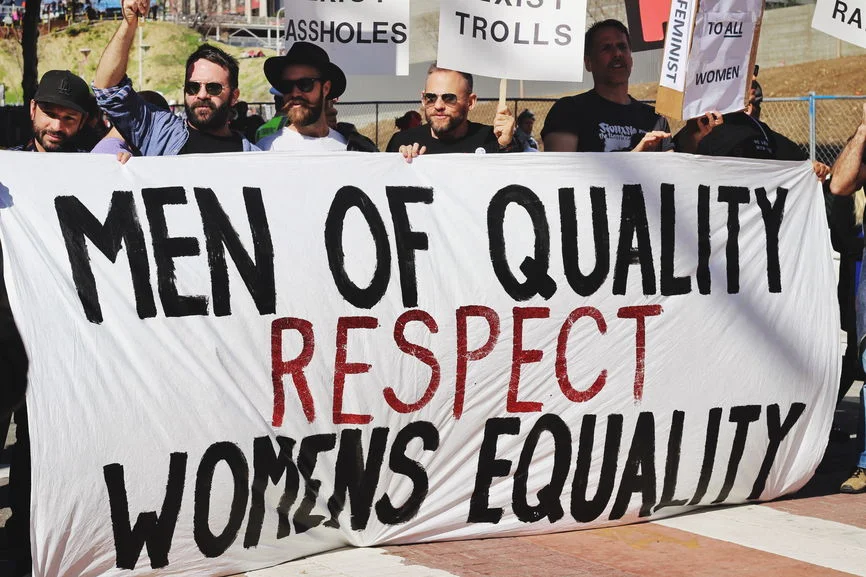How can leaders use analytics to identify the best ways to accelerate women’s career progress? The answer requires a different perspective and looking for sets, intersections and configurations instead of common (and simple) linear solutions.
Statistics suggest that women make up 59% of the U.S. labor force and 51% of the U.S. population, but in companies like Google, Apple, Facebook, Microsoft, Intel, Cisco, Twitter and Amazon, women make up only 29% of the workforce, only 16% of technical positions, and only 22.5% of leadership positions. The Catalyst organization reports that compared to men, women more frequently start at lower-level positions, earn lower salaries, leave for personal reasons rather than for better opportunities, feel less “similar” to others at work, and aspire less often to senior executive roles. Women in technology, compared to other sectors, report fewer female role models and less clear performance standards.
Leaders want to make impactful investments. Yet such data offer a dizzying array of suggestions, each supported by a particular data finding: Pay men and women equally; equalize development opportunities; provide flexibility to juggle work and personal demands; eliminate gender discrimination; help women feel included; start formal mentoring programs for women, etc.
Each suggestion has merit, but some investments are more valuable than others, and some investments only work when they combine or “intersect.” The right combination of a few tactics may be much more effective than either a piecemeal approach that chooses one investment, or a shotgun approach that tries everything.
How Analytics Can Reduce Gender Disparity
The solution requires analytics that look “outside the lines.” Typical analytics use correlation-based analysis such as regression, that search for the effects of one factor while “holding all other factors equal.” For example, vehicles with larger engines are faster “holding other factors equal,” but increasing engine size does not always increase speed. Other factors (such as power trains, vehicle shape and stability, etc.) are NOT always equal, and it is their combinations that create faster vehicles — not putting a larger engine into a system that prevents its maximum effect.
The good news is that such analytics are available, but the bad news is that they are so seldom applied to human capital questions such as female career advancement.
What do these alternative analytics look like? What might we learn by applying them to find combinations of factors that lead to female career advancement? No one has asked this question yet, but we can envision the answer through recent research on a very similar question: “What factors lead people to escape poverty?”
The Importance of Looking for Intersections in Data
In their book, “Intersectional Inequality,” authors Charles Ragin & Peer Fiss show how “linear models” obscure the true factors that explain how individuals escape poverty, and thus obscure important policy insights. Traditional analytics, such asrelying on the principle of “holding all else equal,” point to many factors associated with avoiding poverty, such as education, having high income parents, being married without kids, etc. However, analyzing only the individual effect of each factor misses the intersectional reality: that these factors coincide, compound, and reinforce.
Can analytics better answer that key question? Yes.
Ragin and Fiss analyzed the same data with intersectional methods that uncover configurations. They found different “recipes” to avoid poverty. Some recipes work for whites, others for blacks, but not “one size fits all.”
Those at the top of the socioeconomic pyramid typically enjoy multiple advantages: higher education, safe neighborhoods with good schools, higher income parents, etc. Similarly, those in poverty typically endure multiple disadvantages: lower education, unsafe neighborhoods with low quality schools, etc. Multiple advantages and multiple disadvantages reinforce each other, providing additional protection from poverty or making it harder to escape poverty. Estimating the unique effect of one factor (say, education) holding the others constant does not answer the key policy question: “What combination of factors leads individuals out of poverty?”
For instance, traditional analysis showed a positive effect of favorable family background (i.e. having not-low income and educated parents) for both blacks and whites. However, intersectional methods revealed that a favorable family background alone does not protect from poverty. It helps only when combined with other factors. The effect of favorable family background also differed by race and gender. For white males, it was enough to combine a favorable family background with being educated. For black females, this family background must combine not only with being educated but also with having a favorable domestic situation (i.e. being married without kids). The traditional analysis suggests a policy of increasing education to protect individuals from poverty, blacks and whites alike. The intersectional approach reveals that this strategy will fail for some groups, and that success depends on a more holistic and diversified approach that combines education with things like child care, particularly for black females.
Applying the Intersection Model to the Workforce
Such intersections also affect workers in organizations. That offers a great opportunity to improve human capital analytics and investments in things like careers. Today’s human capital analytics reveal many individual things that are each associated with female career advancement such as STEM skills, marquee business education, mentorship, early challenging assignments, work-family balance, etc. The configurations — what “recipes” help women advance — are likely to show patterns such as what Ragin and Fiss found with socioeconomic progress. Perhaps one recipe combines STEM skills with mentorship, while another recipe combines a marquee business education with work-family balance. Perhaps these recipes differ between industry sectors or between companies.
HR analytics should use intersectional methods to answer the question of female career advancement, and a host of other questions. The key may lie in the intersections.
Ref: https://www.cnet.com/news/women-in-tech-the-numbers-dont-add-up/ &http://ww2.cfo.com/people/2015/04/predictive-analytics-human-capital-think-outside-lines/
This article was written by Rajdeep Dutta, Head of Redwood Knowledge Centre.
Photo by Samantha Sophia on Unsplash

